If you’re looking for unique experiences in Northern Thailand, then you’ll want to head deep into Dan Lao mountain range outside of Chiang Rai. Here you will find some of the most authentic Akha villages in Southeast Asia, nestled in the foothills of the Doi Mae Salong Mountain.
The Akha people originally came to Thailand from Tibet, and migrated to Thailand in the early 20th Century. It’s estimated that 80,000 Akha hill tribe people live across the Golden Triangle, and in Thailand, in the Chiang Rai and Chiang Mai provinces.
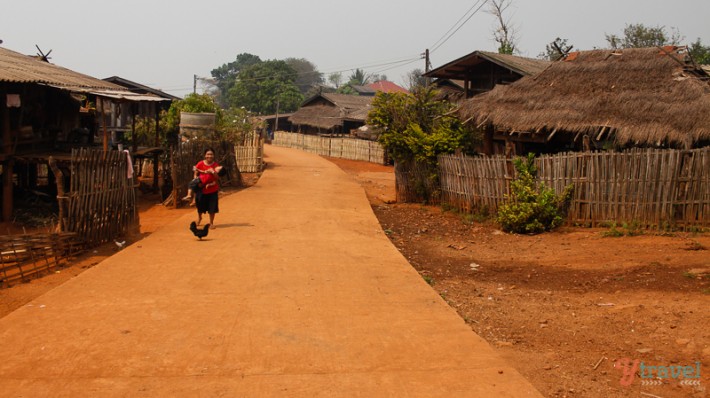
There are hundreds of Akha villages across Thailand, Laos and Myanmar, many of which are open to tourism so that travellers can connect with the local culture and learn about their way of life.
I visited Baan Huay Kee Lek, a Akha village perched on the top of a mountain in the Chiang Rai province of Thailand. I knew as soon as we drove up the dusty and windy dirt track to the village we were in for a treat.
About Baan Huay Kee Lek
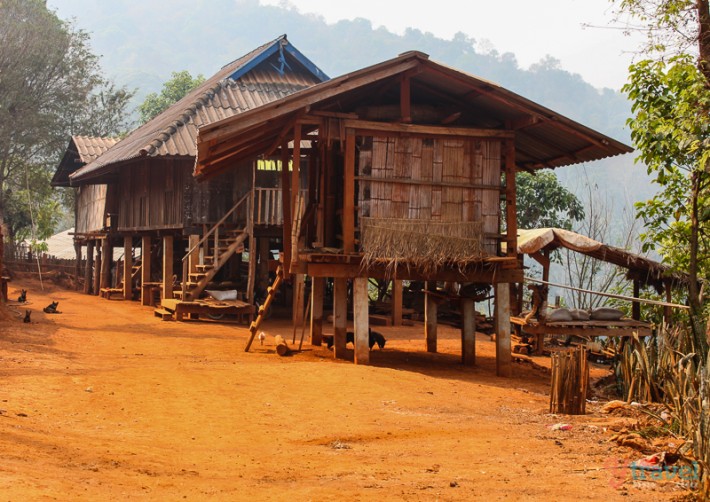
Isolated, authentic and free from groups of tourists (except for our small tour group of writers), Baan Huay Kee Lek is an Akha Hill Tribe village off the beaten path.
Baan Huay Kee Lek is located in the Chiang Rai province, in the Wawi sub-district, approximately 25 km’s from the district center of Mae Souay.

Visiting hill tribe people in Thailand is a popular experience for travellers and many of the hill tribe villages are said to be losing their identity to the tourism industry.
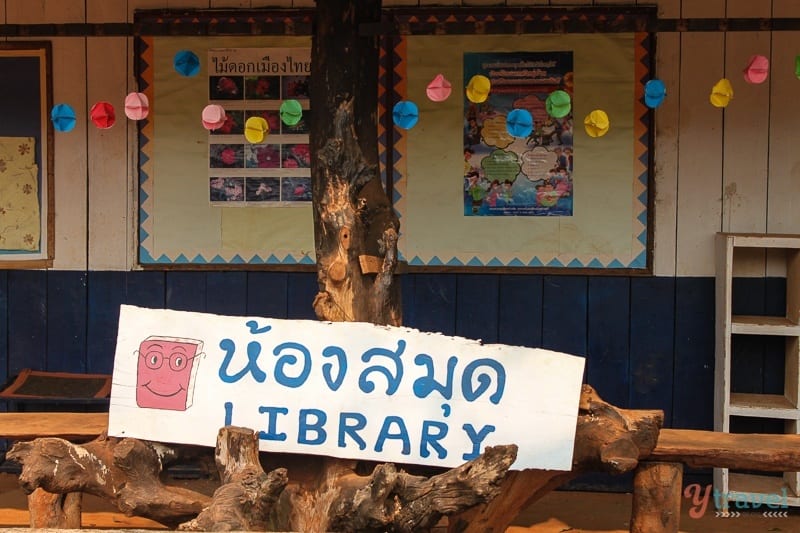
We were the first tourists to visit Huay Kee Lek. The villagers had only decided to welcome in the gawkers in 2010, and in an effort to not lose themselves to them, the Akha community created a counsel to manage it as a community based tourism project.
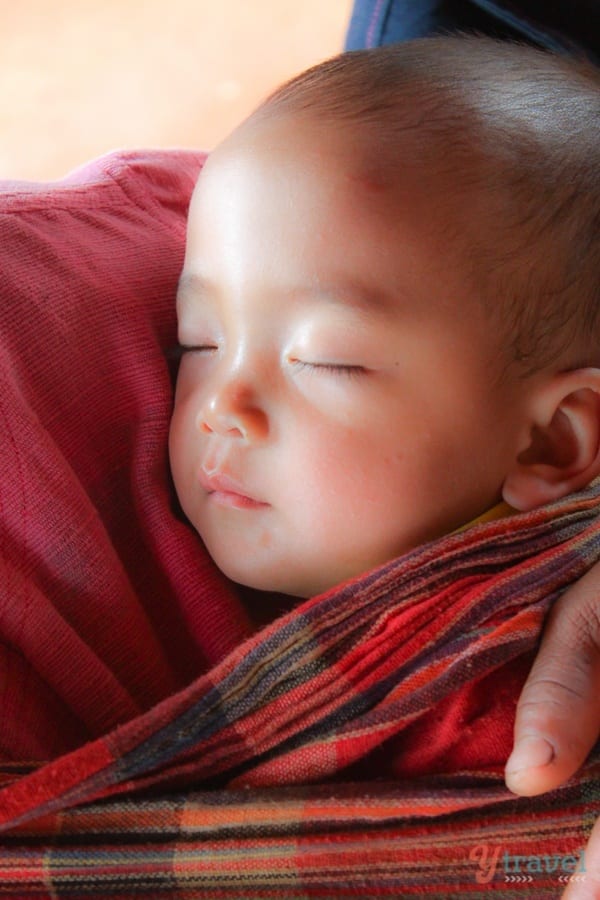
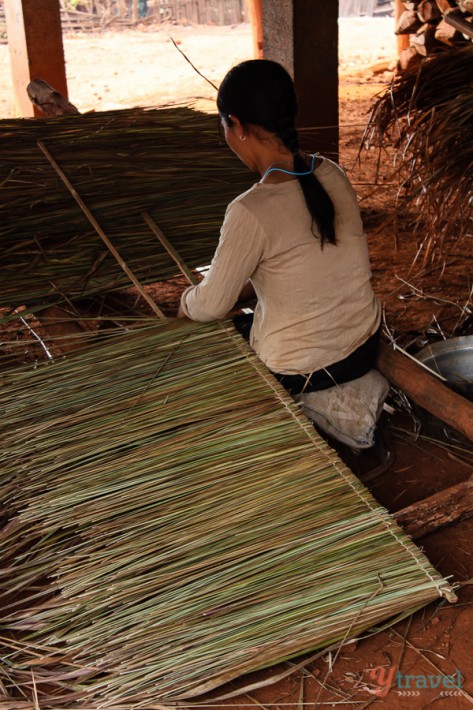
This tourism initiative aims to show the visitor the local traditions, values and lifestyle whilst conserving the value of the individual culture and environment. Visitors can stay overnight in a homestay or join the rural people in their daily lives in an effort to increase understanding and respect for each other.
This form of responsible travel allows the villagers to maintain their traditional skills, control the tourism income, pursue their normal life and preserve their cultural and natural heritage.
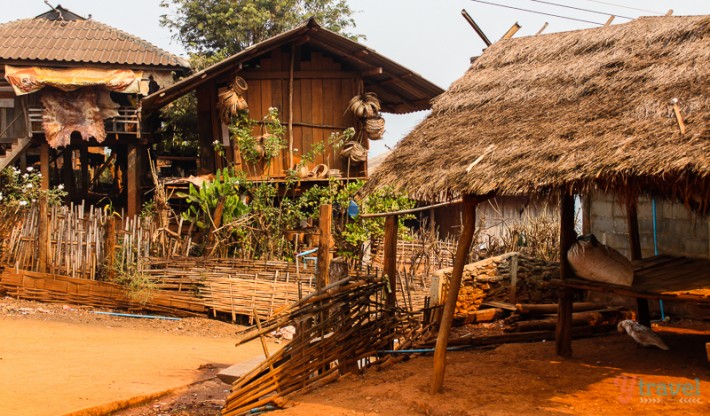
Life in Huay Kee Lek Village
Despite the authenticity of village life in Huay Kee Lek, many Akha villagers ride motorbikes into Chiang Rai during the day to work in factories, government positions and private businesses.
They wear suits, or “normal” clothes at work, and the traditional garments you see are reserved for special occasions, special visitors, or for those who continue living in the traditional manner.

Everyday life still continues in much the same way as it has for years, except modern life is creeping in slowly. And this is fine, evolution happens everywhere.

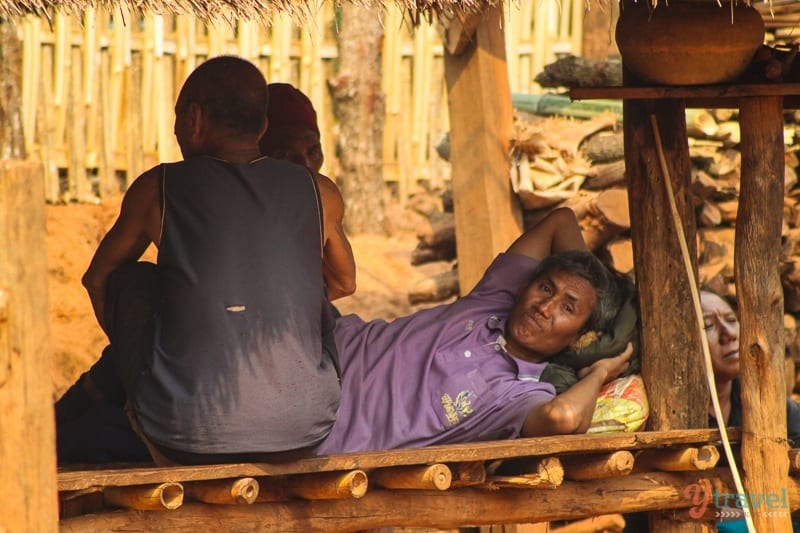
We saw the mix of old and new – with women weaving grass and drying beans in the sun, and taxi drivers lazing about on bamboo platforms and young soldiers standing around in groups laughing and chatting.
Women still make Akha handicrafts such as bracelets and baskets, which can be bought from them as a souvenir.
Pigs, chickens, and roosters ran round our feet and children played in the dirt in their backyards or under their bamboo houses built on wooden stilts.
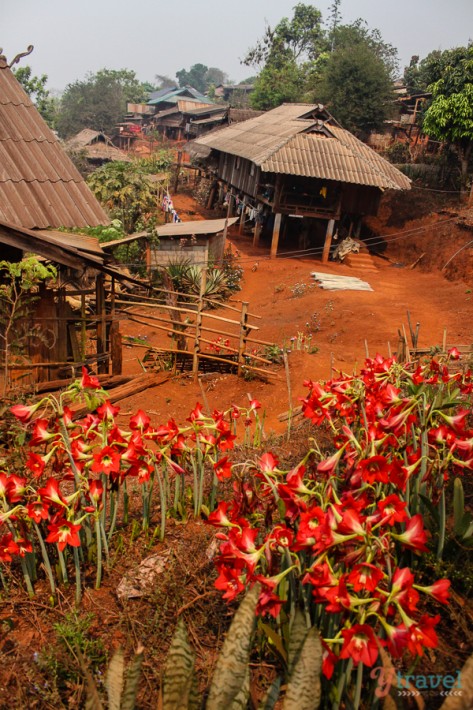
The Akha people have no traditional written language, and many of the older generation are illiterate, but even though they couldn’t speak English or communicate well, we still felt welcome.
They seemed to enjoy showing tour groups their way of life, and invited us into their Akha mud house or to watch them work.
A smile goes a long way when you cannot speak the language.
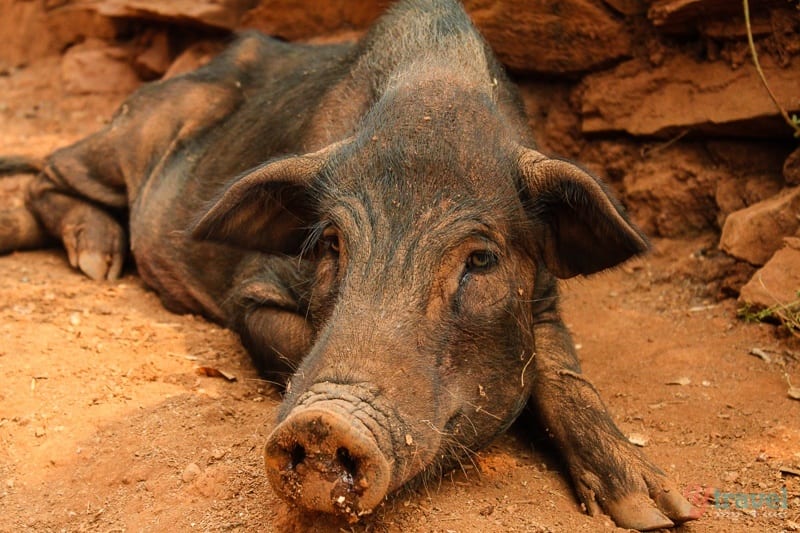
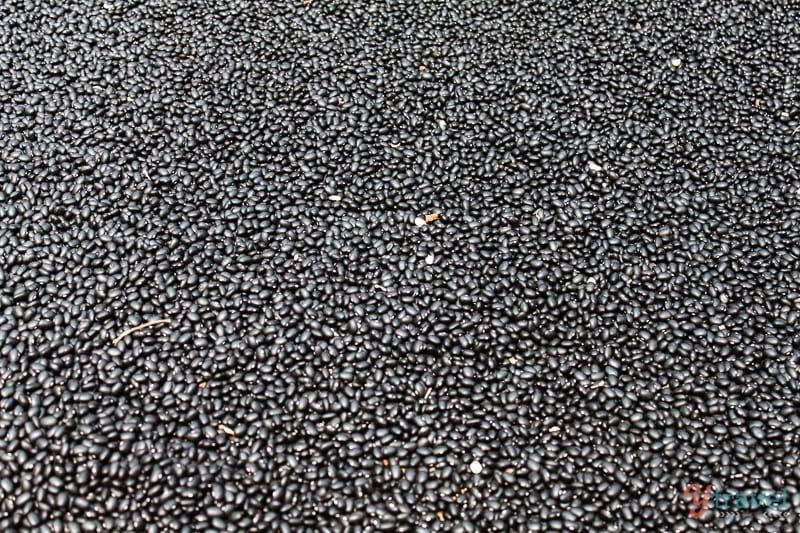
Our guide, in his broken English, and with help from our Go Green Thailand guide, told us about village life.
He took us to see the sacred village Akha Swing, used for special celebrations.
The Akha Swing Festival takes place late August every year, at the peak of the rainy season. It sees the colourful Akha people celebrate a four day festival in their villages.


